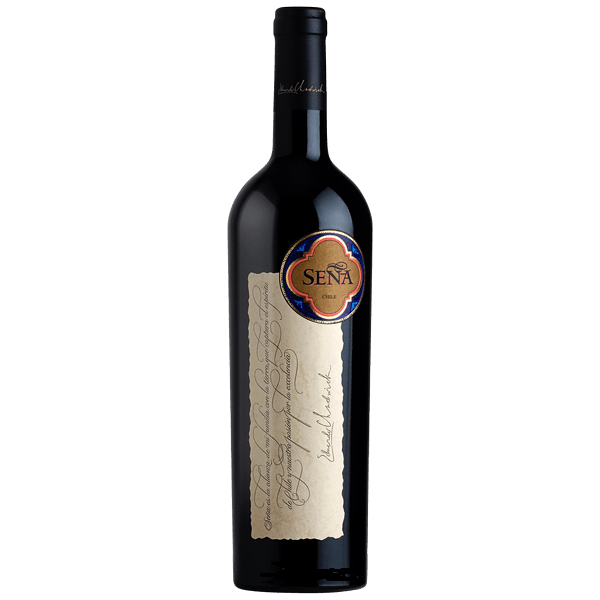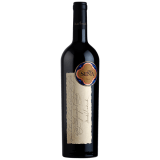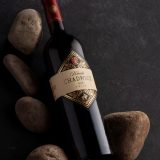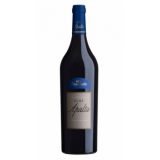SENA 2017 (OWC 6)
Price: $690/ bottle
| Color: | Red |
| Vintage: | 2017 |
| Producer: | - |
| Classification: | - |
| Region: | Aconcagua Valley |
| Sub-region: | - |
| Size: | 75cl |
| Minimum order: | 6 bottles |
Expert Score:
| Robert Parker (RP) | Jancis Robinson (JR) | Wine Spectator (WS) |
|---|---|---|
| 96+ | - | 94 |
Description
By Patricio Tapia – Descorchados in 2020 (97pts)
They’ve been making Seña since the 1995 vintage, when the idea of making icon wines in Chile was just getting started. But while the idea has remained and has been successful, Seña’s style has mutated greatly over time. The most radical change came in 2016, which was a cold year with fresh red fruit and higher acidity. The challenge in this much warmer 2017 vintage has been to make room for freshness. And it was possible because rather than resulting in warm, sweet aromas and flavors, the year’s heat produced a firmer structure that supports the mid-palate, lending more solidity in an excellent version of this wine. The blend in this year’s Seña is 52% cabernet sauvignon, 15% malbec, 15% carménère, 10% cabernet franc, and the rest is petit verdot.
By Wine Advocate in 2020 (WA96)
They explained how the 2017 Seña was produced with “grapes that were handpicked in the morning and transported to the winery in 12-kilogram boxes for a careful inspection on a double sorting table. The grapes fermented in stainless steel tanks at 25 to 31 degrees Celsius (77 to 88 degrees Fahrenheit), depending on the variety and the level of extraction desired. Three pump-overs were carried out daily during fermentation to rotate the volume of the tank 0.5 to 1.5 times. Total maceration time ranged from 15 to 30 days for the Cabernet Sauvignon, Merlot, Malbec and Carmenère and eight to 12 days for the Petit Verdot, according to the development of each block vinified. The final blend was racked to French oak barrels (67% new) and aged for 22 months, during which time malolactic fermentation and stabilization occurred naturally.” They harvested early and managed to keep the same alcohol level as the 2016. This has less aromatic exuberance and is a more serious vintage with good concentration and weight, not as aerial as the 2016. They increased the amount of wine matured in larger 2,500-liter foudres instead of barrique. This is more powerful, structured and concentrated, like a drier version of the 2015, with some grainy tannins, more acidity, more austerity and less primary fruit. The tannins have some grip (the earlier harvest perhaps?) and might need a little bit of time in bottle, and the wine seems to have what it takes to develop nicely in bottle. They produced 120,000 bottles of this. It was bottled in February and March 2019. Just for the record, the varietal breakdown is 52% Cabernet Sauvignon, 15% Malbec, 15% Carmenère, 10% Cabernet Franc and 8% Petit Verdot, reflecting a good year for Carmenère and Cabernet Franc.
By Decanter in 2020 (D97)
Francisco Baettig harvested this Bordeaux blend 20 days early to deliver this elegant, bright, somehow subdued wine. Complex herbs, cassis and cedar layered with figs and plums. Stylish palate, juicy concentration and a grainy, textured structure, framed by a vibrant acidity. Fluid and elegant. Drinking Window 2021 – 2033
By James Suckling in 2020 (JS99)
The aromas of blackberries, cedar, sandalwood and black tea are compelling. Black olives. Rosemary and sage undertones. Full-bodied, rich and powerful Seña with impressive and powerful tannins, yet harmony and balance. Fruit-forward. Lightly chewy. Fresh and energetic wine in a hot year. Broad-shouldered. Drink after 2022.




